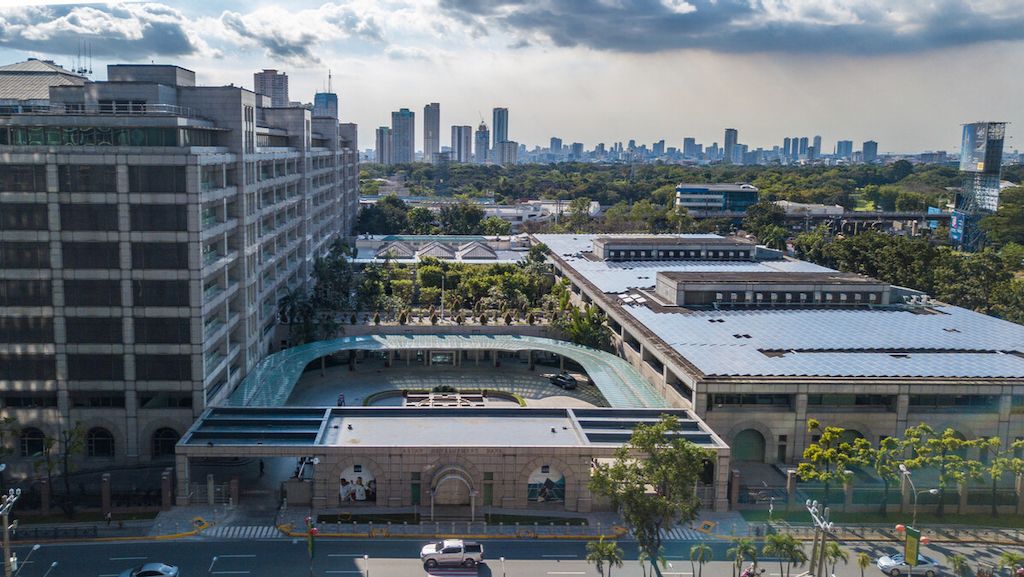By A Staff Reporter,Kathmandu, Sept. 26: The Asian Development Bank (ADB) has forecasted that Nepal’s economy would grow by 4.9 per cent in the current Fiscal Year 2024/25, up from an estimated growth of 3.9 per cent in FY 2023/24.
This projection is down by about one-third of the government projection for economic growth. Deputy Prime Minister and Finance Minister Bishnu Prasad Paudel announced in his budget speech for this year that the country would achieve a growth of 6 per cent.
According to the ADB’s economic publication Asian Development Outlook, in September 2024, agriculture growth will hinge on a favourable harvest owing to a timely paddy plantation with normal monsoon. Industry growth will be supported by increased electricity generation capacity. And services are expected to grow, supported by higher tourist arrivals that will boost accommodation and food services activities.
With further recovery in domestic demand supported by the cautiously accommodative monetary policy, planned acceleration of capital budget, wholesale and retail trade, transportation and storage and real estate activities are expected to strengthen.
“Gross Domestic Product (GDP) growth will pick up on a gradual recovery of domestic demand, acceleration of infrastructure spending, and further revitalisation of tourism and related services,” ADB Country Director for Nepal Arnaud Cauchois said at a programme organised to launch the ADO in Kathmandu on Wednesday.
Likewise, the multilateral donor also said that the Nepal Rastra Bank’s target of containing inflation within 5.0 per cent in 2024/25 seems attainable. The inflation forecast is expected to remain within the central bank’s ceiling, assuming a normal harvest and a modest decline in inflation in India, the major source of Nepal’s imports.
“External risks will remain relatively well-contained. The external position strengthened last year because of declining trade deficit amid buoyant remittance inflows and increase in tourist arrivals,” according to the report.
However, the current account gap will likely turn to a deficit of about 1 per cent of GDP in FY2024/25 from a surplus of 3.9 per cent as the economy recovers and the remittance inflows moderate.
Manbar Khadka, Economist at the ADB Nepal Resident Mission, said that the likely increase in imports and outbound travels will impact the current account balance of the country.
“Risks to the outlook tilt to the downside. Any intensified geopolitical tensions in the Middle East could hurt Nepal’s remittance income and push up oil and food prices. A global economic downturn could affect its tourism receipts. A perennial risk to economic growth in Nepal is high vulnerability to natural disasters and climate shocks,” said the report.
According to the ADB, island nations Palau and Samoa are likely to achieve growth of about 8 per cent each by next September. Large economies like China and India will witness growth of 4.2 and 7.5 per cent respectively.
In South Asia, India leads the potential growth chart while Bhutan follows with 7 per cent, the Maldives with 5.4 per cent, and Bangladesh with 5.1 per cent. Pakistan and Sri Lanka are forecasted to see an economic growth of 2.8 per cent each. Likewise, Myanmar is projected as the worst performer with just a 1.7 per cent rise in the economy.

MORE NEWS
Young leadership in choice, Saugat wins with respectable votes
Baglung flood: Three killed as flood sweeps away motorcycle and scooter
‘Youth in slogans many times, Youth in leadership this time’ – Saugat Thapa [Video]
Gold hits all-time high price record today